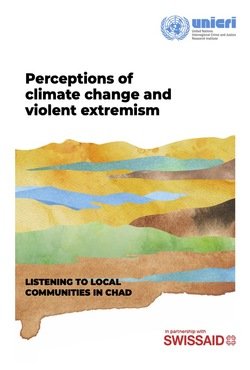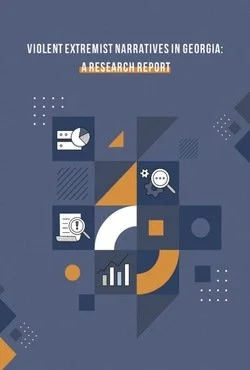By Willam G. Staples
In "The Culture of Surveillance: Discipline and Social Control in the United States," readers are invited to delve into the intricate web of surveillance practices that shape modern American society. From the omnipresence of security cameras to the extensive monitoring of online activities, this book explores how surveillance mechanisms permeate various facets of daily life, influencing individual behavior and societal norms.
Through a critical lens, the author examines the implications of this pervasive culture of surveillance on concepts of privacy, freedom, and social control. By uncovering the mechanisms through which surveillance operates as a form of discipline, the book challenges readers to question the power dynamics at play and reflect on the implications for democracy and individual autonomy.
"The Culture of Surveillance" offers a thought-provoking analysis of how surveillance practices not only monitor but also mold behavior, shedding light on the complex interplay between technology, power, and control in the United States. This timely exploration serves as a valuable resource for anyone interested in understanding the dynamics of contemporary society and the challenges posed by the ever-evolving culture of surveillance.
St. Martin's Press, 1997, 144 pages















